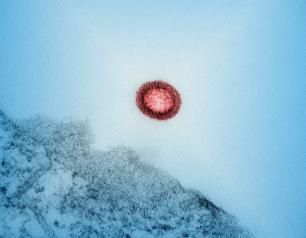39 Results
Vaccine Protective Against H5N1 Influenza from Cattle
Experimental H5N1 vaccine fully protective in mice against virus circulating in U.S. cattle.
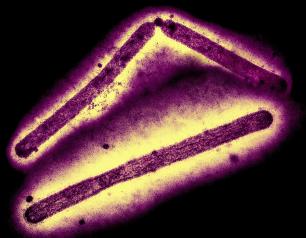
NIAID Study Describes Successful Treatment Regimen for Person with Multidrug-Resistant HIV
A NIAID study describes the successful treatment of a person with multidrug-resistant (MDR) HIV with a regimen including the monoclonal antibody UB-421 (semzuvolemab) and lenacapavir-based ART.
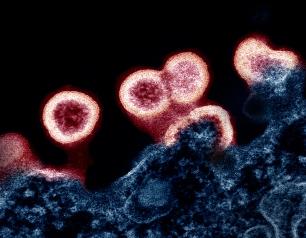
Subclinical Disease in Monkeys Exposed to H5N1 by Mouth and Stomach
Drinking raw milk contaminated with H5N1 virus can cause infection but may be less severe. Regardless, exposure by raw milk should be avoided.

Next-generation Genetic Tools Reveal New Aspects of Enterovirus Evolution
NIAID scientists developed tools to study evolution in enteroviruses—a virus group responsible for polio; hand, foot & mouth disease (HFMD); acute flaccid myelitis (AFM) & other diseases. Their findings may reveal pathways of viral evolution.
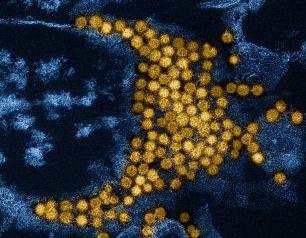
A New View of Hemoglobin and its Role in Malaria
A look inside human arteries reveals a new picture of hemoglobin’s role there and may lead to treatments for malaria and other vascular diseases.
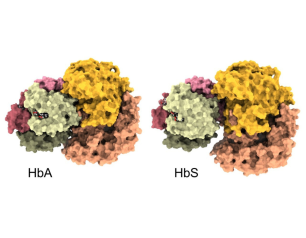
Scientists Discover Cause, Potential Treatment for Cases of Deadly Autoimmune Disorder
Discovery of a gene variant causing some cases of APECED, a rare inherited autoimmune disease, will enable earlier diagnosis & medical care that may prolong lives.
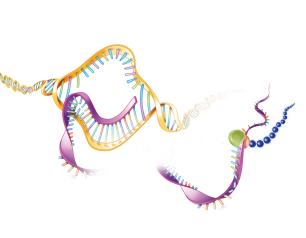
NIAID Scientists Detail First Structure of a Natural Mammalian Prion
Revealing the near-atomic structure of a chronic wasting disease prion from a deer should help scientists explain how CWD prions spread and become infectious.
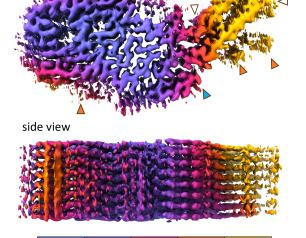
Sequencing of Congo Mpox Reports Highlights New Transmission Patterns in Country
Laboratory analysis in the Republic of Congo showed mpox was affecting people in parts of the country where it has not been historically. The findings point to increases in human-to-human transmission across the border with the neighboring Democratic Republic of the Congo, where a large outbreak was declared a public health emergency of international concern.
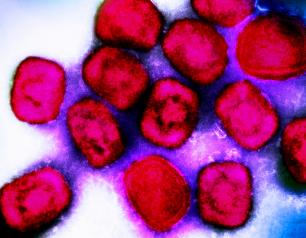
COVID-19 Respiratory Treatment Effective in Encephalitis Study
Antiviral drug molnupiravir, a COVID-19 treatment, was effective when tested in mice in preventing viruses that cause brain swelling, particularly in children. The scientists studied LACV because it broadly represents several RNA viruses that cause disease in the CNS, including Jamestown Canyon and Cache Valley viruses – which also were part of the study – and rabies, polio, West Nile, Nipah and several other viruses not part of the study.
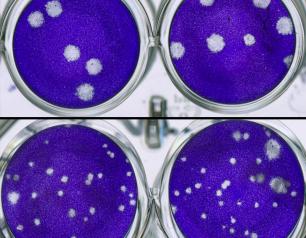
The Eyes Have it: A Functional Role for Prion Protein
Answers to what a normal prion protein does could help lead them to develop treatments and disease-prevention measures against human prion diseases, such as Creutzfeldt-Jakob disease, fatal familial insomnia and kuru, as well as animal prion diseases, such as scrapie in sheep and chronic wasting disease in cervids.
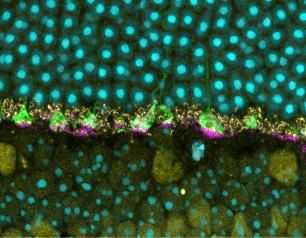
NIAID Research to Eliminate the Threat of Viral Hepatitis Across the Globe
Viral hepatitis affects the lives of about one in twenty people in the world, resulting in over a million deaths each year. NIAID is working on many ways to prevent and treat the different types of hepatitis, including the development of vaccines and improved therapeutics and diagnostics. July 28 is observed annually as World Hepatitis Day, providing an opportunity to reflect on the impact of hepatitis on global health and focus on strategies to reduce its burden. To observe World Hepatitis Day, NIAID highlights recent advancements researchers have made in these areas.
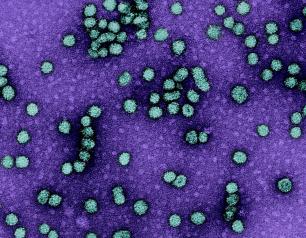
A New Way to Measure and Predict Human Immune Health
The immune system senses and responds to changes in physiologic health, and a new tool called the immune health metric (IHM) can measure and even predict some of these changes, an NIAID study has found. If doctors could use the IHM to detect health problems long before symptoms appear, they could potentially act early to prevent disease, the investigators suggest.
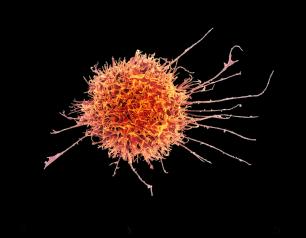
The Hidden Link Between Malaria and Lupus
Scientists have long been aware that malaria infection is associated with high levels of autoantibodies—antibodies that recognize and attack the person’s own tissues and are associated with autoimmune disorders. NIAID researchers, along with their colleagues, have studied the molecular mechanisms of these autoantibodies. Their findings reveal the associations between malaria, human resistance to it, and autoantibodies that are linked to certain autoimmune disorders—specifically, systemic lupus erythematosus (SLE).
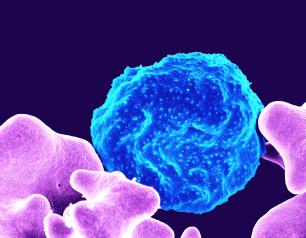
Our Words Have Power—NIAID Embraces Respectful, Inclusive, and Person-First Language
by Jeanne Marrazzo, M.D., M.P.H., NIAID Director
Our institute is responsible not only for advancing scientific knowledge, but for doing so in a way that honors the dignity, individuality, and autonomy of the people affected by the health issues we address. For this reason, I am very proud to share the updated NIAID HIV Language Guide, a thoroughly vetted resource to inform our written and verbal communications.
Stepping into Science
Realizing that traditional laboratory science – aka “bench research” – isn’t for everyone, staff at NIAID's Rocky Mountain Laboratories recently invited two dozen area high school students to experience not only traditional research but also the lesser-known careers that make bench research possible.
NIAID Raises Awareness to Malaria-like Diseases in W. Africa
NIAID scientists and colleagues have identified dengue, Zika and chikungunya viruses in the West African country of Mali, where health care providers could be misdiagnosing patients as having malaria. All four infectious diseases are caused by a mosquito bite.
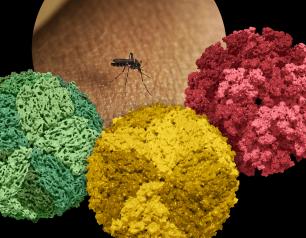
Unpacking the Interplay between Autoimmunity and Immunodeficiency
The presence of antibodies that target one of the body’s own proteins was associated with severe infections that typically only occur when a person’s immune system is suppressed, based on a multi-cohort study of blood samples from more than 1,000 people. This study suggests autoimmune processes could be involved in the development of immunodeficiency in adulthood.
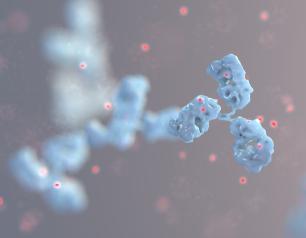
An Emergency Department Screening Strategy Identifies Asymptomatic and Undiagnosed Syphilis
As syphilis rates continue to rise in the United States, emergency departments may be a way for people with limited healthcare access to get screening and treatment.
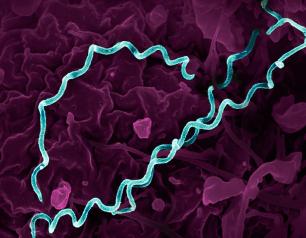
NIAID Research Team Develops 2nd Model of Crimean-Congo Fever
A NIAID research team has developed an additional nonhuman primate study model for Crimean-Congo hemorrhagic fever (CCHF), providing an alternative for development of critically needed vaccines and therapeutics.
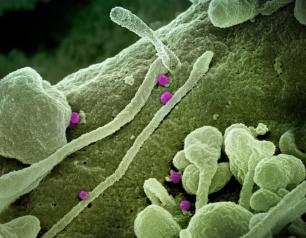
NIAID Targets Transport System as Lyme Disease Treatment
NIAID scientists and colleagues are investigating a potential treatment strategy against Lyme disease that would directly suppress Borrelia burgdorferi, the bacterium that causes the disease.
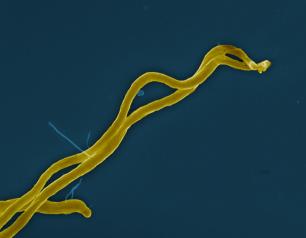
NIAID Marks HIV Vaccine Awareness Day 2024
On the 27th observance of HIV Vaccine Awareness Day (Saturday, May 18), we express our gratitude to the dedicated global community of scientists, advocates, study participants, study staff, and funders working toward a safe, effective, durable, and accessible HIV vaccine.

Championing Asthma Research to Reduce the Burden of Disease
Today on World Asthma Day, NIAID reaffirms its commitment to reducing illness from this chronic lung syndrome and improving quality of life for people with asthma through research that informs the development of new asthma prevention and treatment strategies. NIAID-funded studies recently uncovered new risk factors for asthma and a previously unreported cause of frequent, severe asthma attacks. Other studies shed light on poorly understood causes of airway inflammation, as well as on genes and proteins involved in regulating asthma severity.
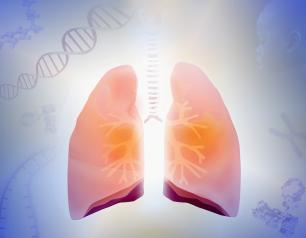
New Tool Identifies Aedes Mosquito Exposure in People
Scientists at NIAID developed a new tool to help identify geographic hot spots for Aedes mosquitoes, a type of mosquito that can spread diseases such as dengue, Zika and chikungunya. The tool uses a marker from blood serum to identify people bitten by Aedes mosquitoes. Monitoring for this marker in blood samples could help find sites where disease-carrying mosquitoes live, allowing for targeted interventions against dengue and other diseases.
Stem Cell Changes Rejuvenate Immune System in Aged Mice
Using a mouse model of human aging and disease, NIAID scientists and Stanford University colleagues have shown that immune systems of aged laboratory mice can be made more youthful and effective at fighting disease by depleting a subset of haematopoietic stem cells.
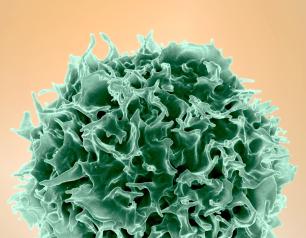
A Change in Drug Regimen is Associated with Temporary Increases in Dormant HIV
Switching to an antiretroviral therapy (ART) regimen containing the drug dolutegravir was associated with a significant temporary increase in reservoirs of latent HIV, according to a new analysis from a study in Uganda. HIV reservoirs are cells where HIV lies dormant and cannot be reached by the immune system or ART. They are central to HIV’s persistence, preventing current treatments from clearing the virus from the body.
